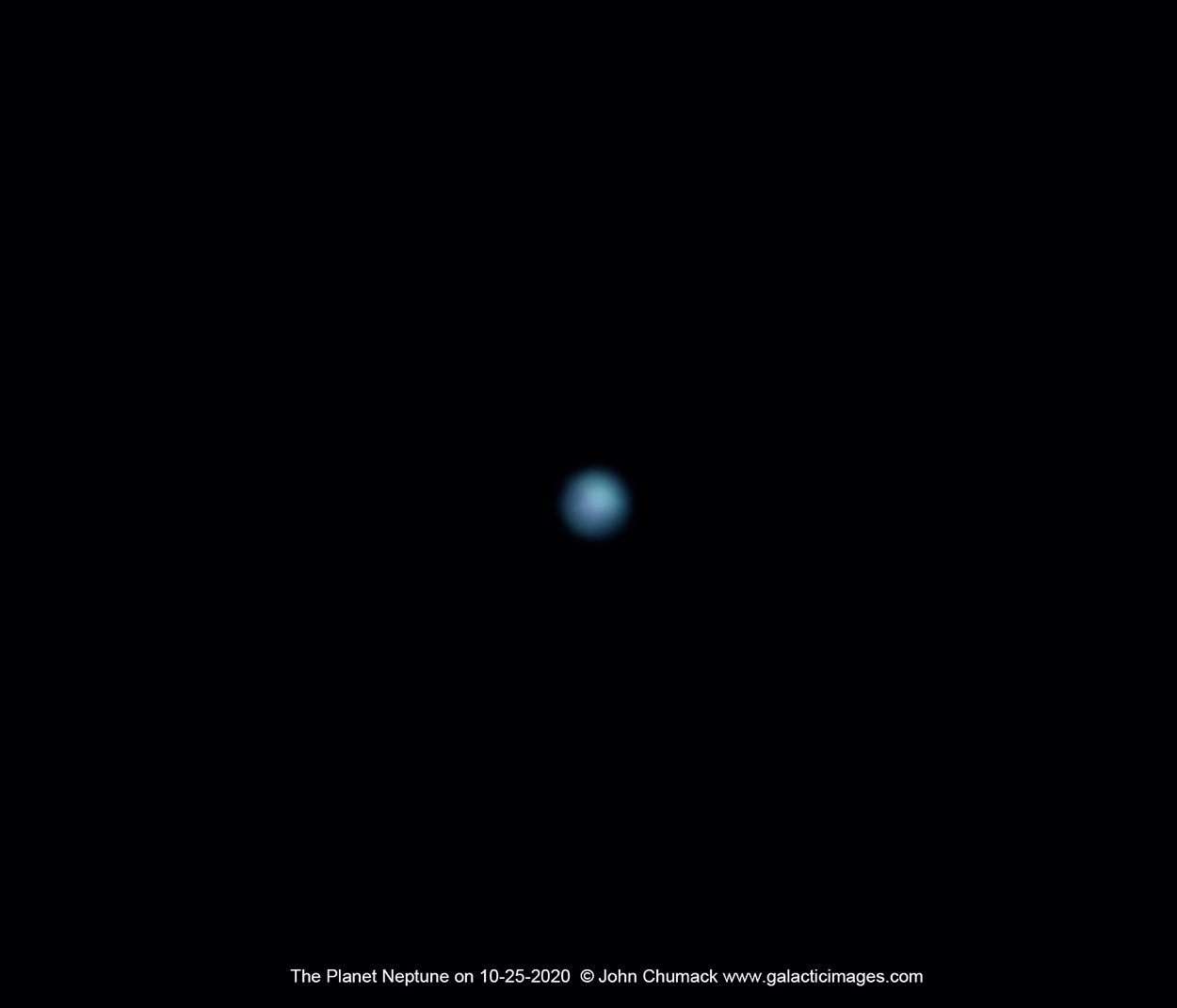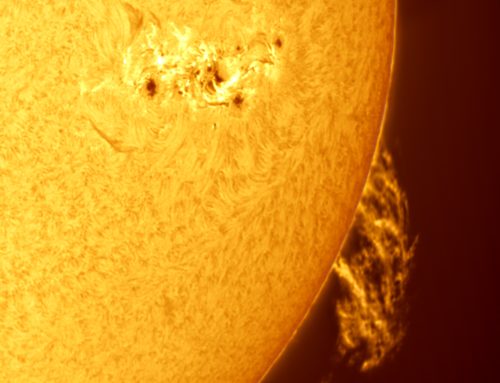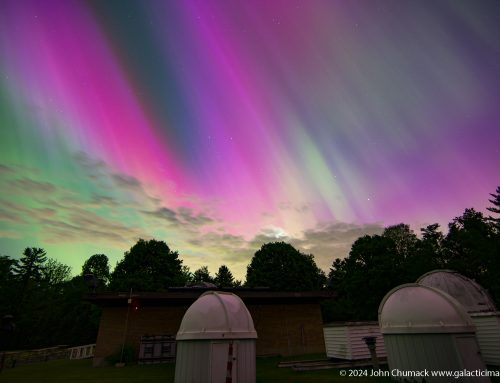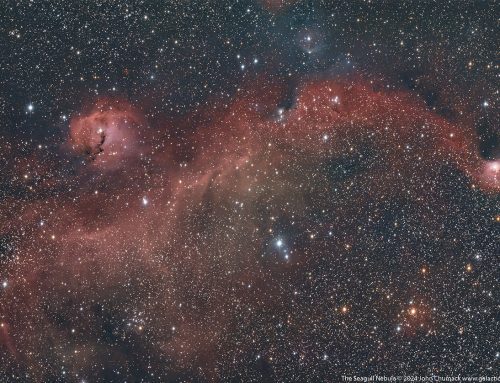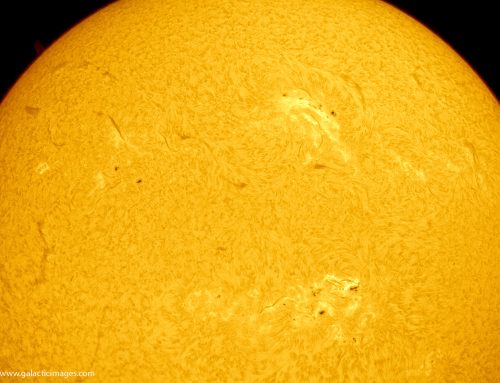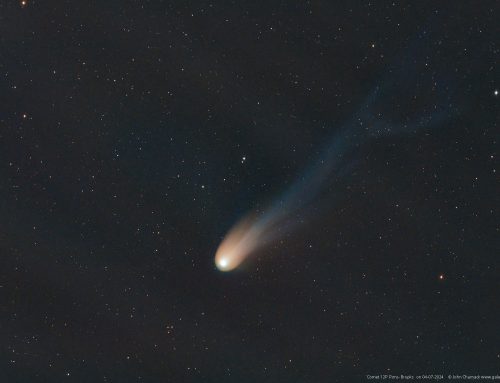The Planet Neptune is the eighth and farthest-known Solar planet from the Sun.
In the Solar System, Neptune is the third-most-massive planet, and the densest giant planet.
Named for the Roman god of the Sea!
It is 17 times the mass of Earth, slightly more massive than its near-twin Uranus.
Compared to Earth’s 365 days to make one orbit, Neptune takes a really long time..Neptune takes 165 years to orbit the Sun!
Neptune is 2.8 billion miles(4.5 billion kilometers) from the Sun.
As a giant planet, Neptune’s atmosphere is made of hydrogen, helium, and methane. These components, specifically methane, are what give the planet its blue color. This is because methane’s gaseous composition absorbs red light and reflects blue
light outward.
Most (80 percent or more) of the planet’s mass is made up of a hot dense fluid of “icy” materials—water, methane and ammonia—above a small, rocky core. Of the giant planets, Neptune is the densest.
It has a 16 hour day, so it spins a little faster than Earth and Neptune also has the highest wind speeds of any planet in the solar system.
This image was taken from my backyard observatory in Dayton, Ohio, it may not look like much because it is so very far away, and it is really a tough target to make out details from Earth. Even with good seeing, as Earth’s Atmosphere is constantly
blurring fine details.
I have not looked at Neptune in the last few years…as Jupiter, Saturn, Mars, and Venus often steal the spotlight, but I’m really glad I got to see and image it again. Yes, it can be seen Visually through a telescope shining at 7.8 magnitude and with a little magnification say 50x to 100x you can definitely tell its not a star because of the tiny soft Blue planetary disk.
Capture Details:
Target = Neptune, Date: 10-25-2020, Time: 023106 UT, Mag: 7.84, Dia: 2.29 arc sec, Res: 0.03 arc sec, Az: 176.99, Alt: 44.65,
Phase: 1.00, CM: , Camera: QHY5III290M, LRGB, Bisque MYT mount, Scope: C-11 SCT telescope, 3X barlow, FL: 23700mm, F-ratio: 84,
Observer: John Chumack, Location: Dayton, Ohio, Seeing: average, clouds killed the imaging session after my first two full LRGB data sets.
Best Regards,
John Chumack
www.galacticimages.com


